Does the brain in confinement have “cravings” for social interactions?
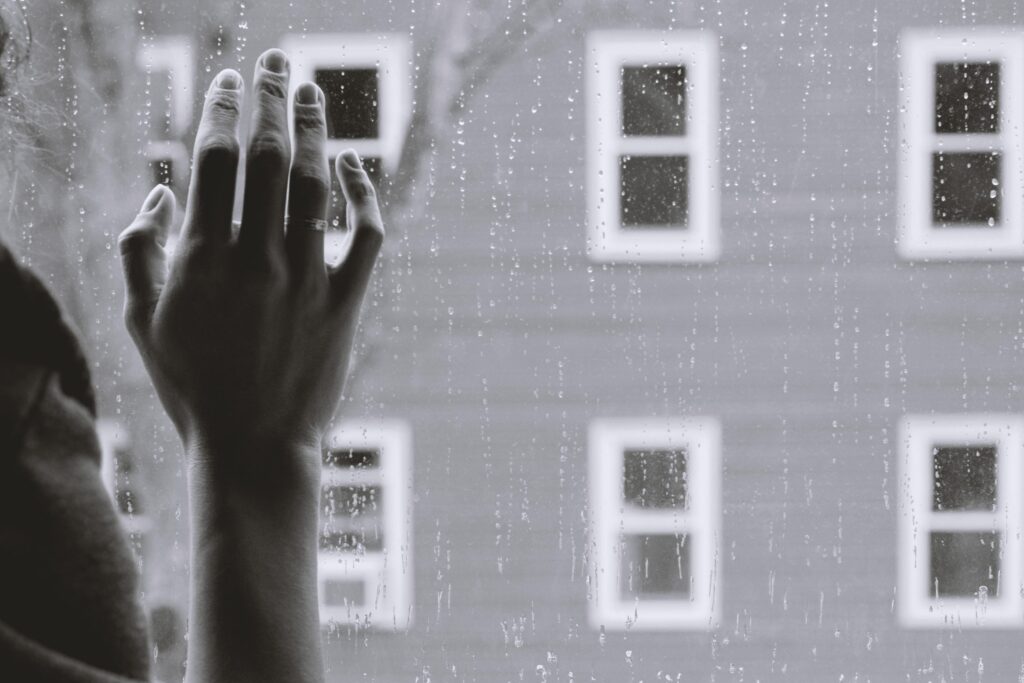
When we are hungry and see food, a chemical reaction is produced in the brain, known as craving, and it has been shown that this mechanism was also activated in drug addicts who had withdrawal symptoms. But when do we long for social contact? A group of neuroscientists from MIT (Massachusetts Institute of Technology) have carried out an impressive experiment to see how the so-called black substance of our brain is activated in situations of confinement and social isolation, their conclusions are clear: when we are alone we also crave company.
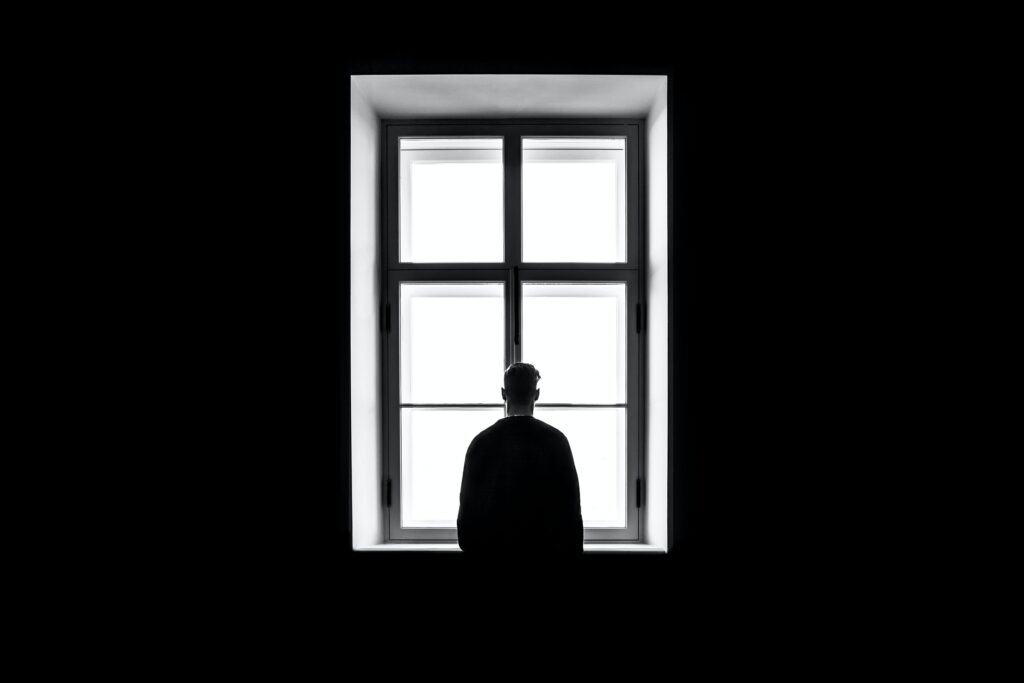
His tests were carried out before the confinement, in 2018, in a controlled group of students; previously, in 2016, they had already identified that the brains of mice activated neurons when faced with feelings of loneliness and generated an impulse for social interaction after isolation. Humans were also known to display anxiety in the face of lack of contact, the time had come to discover the neurological basis for these feelings.
For them, they carried out a very shocking experiment, they put 40 healthy volunteers, university students, and confined them individually in a room without windows for ten hours. They did not have cell phones, they could only use a computer to contact the researchers in case of need; They left their food at the door and, when the experiment was over, they had to get into the scanner by themselves without being able to talk to the scientist who was going to perform the MRI while they watched images of social interactions on a screen.
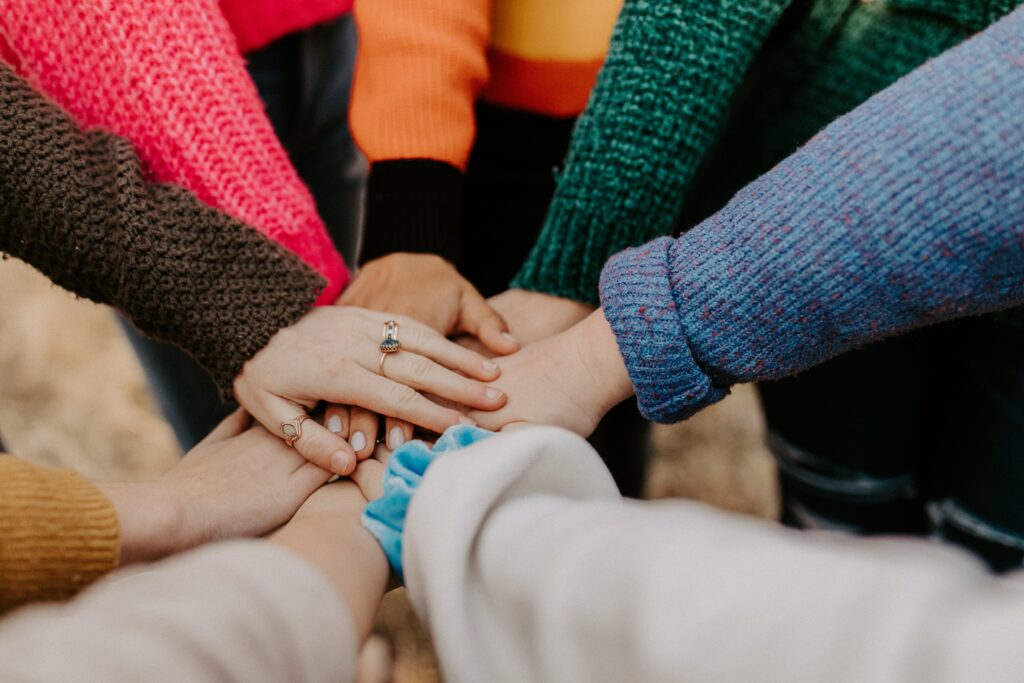
The study did not end there, on a different day, the participants underwent a ten-hour fast, then they were scanned while looking at images of food, images of people interacting and neutral images such as flowers; According to their conclusions, isolation activates the region called the substantia media, a tiny structure located in the midbrain, which had previously been linked to hunger cravings and drug cravings.
The researchers found that after a day of total isolation, the sight of people having fun together activates the same region of the brain that lights up when someone who hasn’t eaten all day sees a picture of a plate of cheesy pasta. People who are forced to be isolated crave social interactions in a similar way to how a hungry person craves food, The finding fits with the intuitive idea that positive social interactions are a basic human need, and that acute loneliness is a state of aversion that motivates people to repair what they lack, similar to hunger.
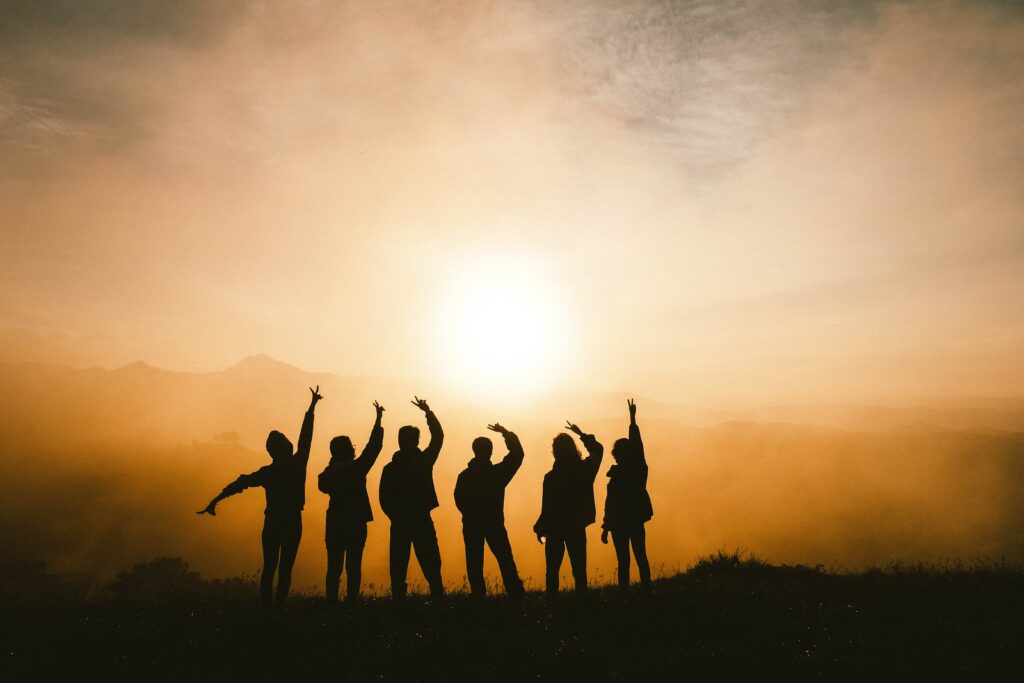
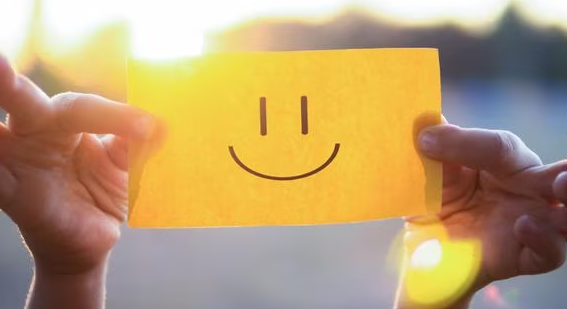
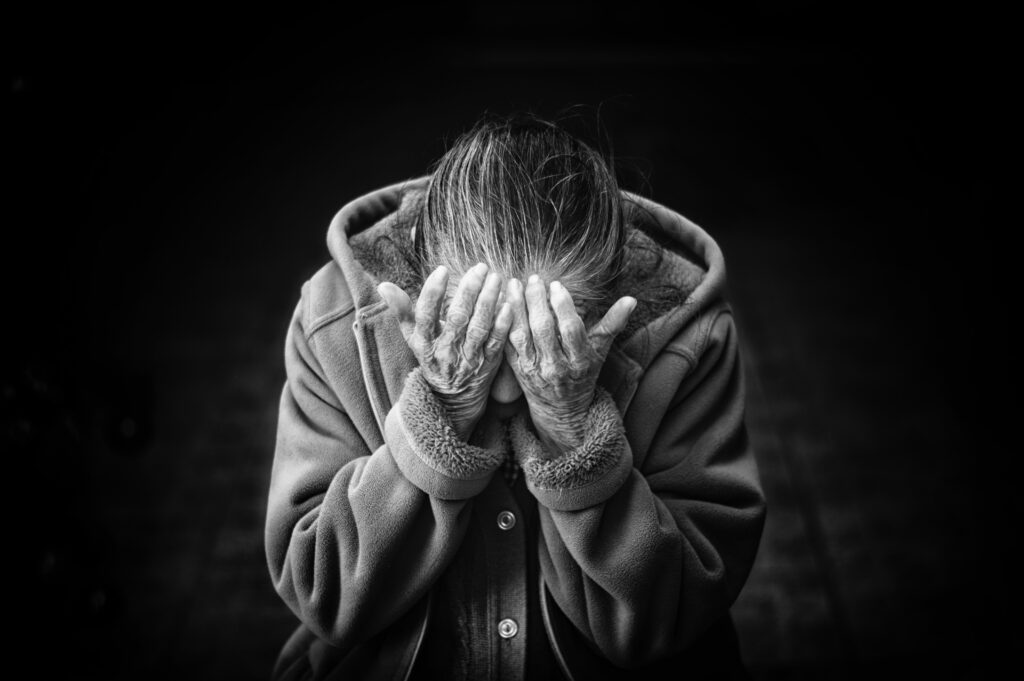
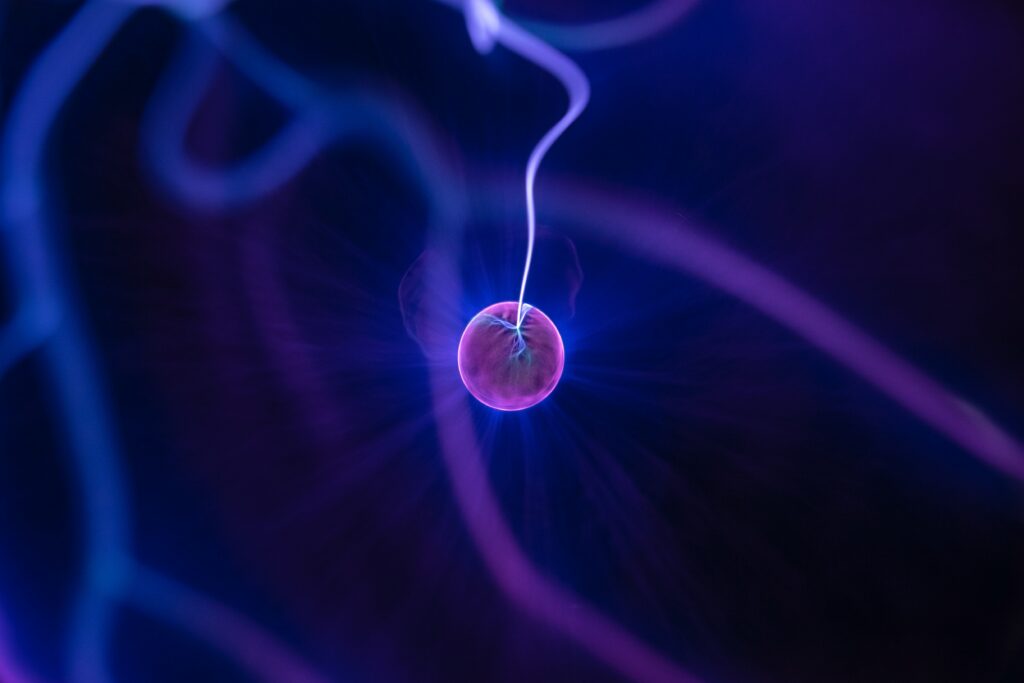
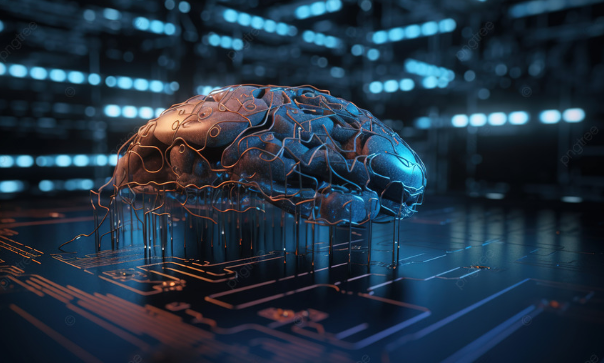
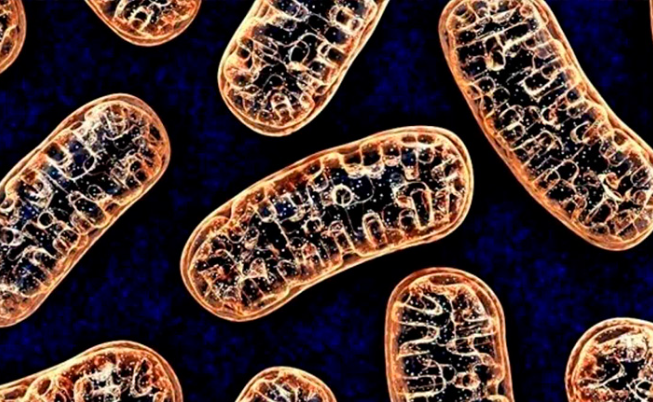
Responses